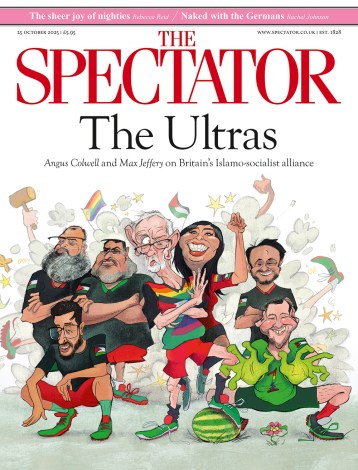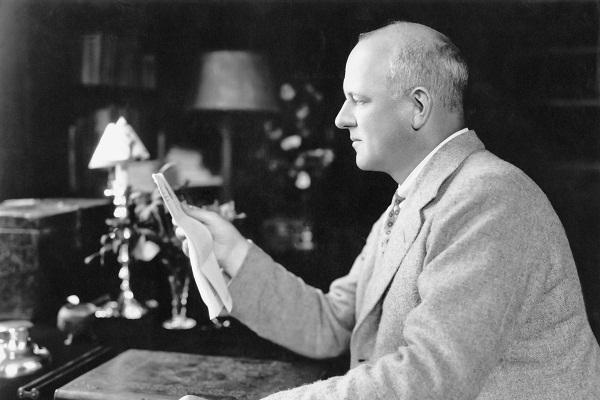This blog post is not going to say anything original. You’ll have read it all before. Its sole purpose is to convince you that P.G. Wodehouse is the master so everyone else should give up, particularly the people who’ve tried to adapt Blandings for the telly.
Blandings on TV is not all that bad. I’ve laughed at the gentler moments of farce. Some of the dialogue sparkles. The performances are good-ish. The setting has some charm. But I’m inclined to agree with everyone else who has spent brain power on it: the screen can’t do Wodehouse.
My father once told me that he kept copies of The Code of the Woosters and Right Ho, Jeeves in his desk at work. He referred to them, he said, whenever he suspected that his prose had grown pallid. Read a few pages, he said, and the colour returned.
The old man’s message was not to mimic Wodehouse’s humour (one cannot), but observe the simplicity of the style and structure. Replicate that, he said, and you will get better. This advice, as life has transpired so far, is among the most useful he has given me. It certainly beats his post-prandial assertion: RBS can’t go lower than 364p, worth a punt.
I’ve been testing the theory behind this advice this morning. Wodehouse’s style is not merely a vehicle for his jokes. The style is why the jokes are brilliant. Its clarity, its minimalism and its even pace emphasises the humour. Take this random example from The Code of the Woosters:
‘It is no use telling me there are bad aunts and good aunts. At the core, they are all alike. Sooner or later, out pops the cloven hoof.’
The words preceding the punch line are so well balanced that the cloven hoof pops you between the eyes.
The line about aunts could be (and often is) translated to the screen as dialogue; but that is not true of the bulk of Wodehouse’s narration. Another example from The Code of the Woosters:
‘There came from without the hoof-beats of a galloping relative and Aunt Dahlia whizzed in.’
A film adaptation would have to depict the galloping aunt. This is why so many Wodehouse screen versions descend into infantile farce. The Blandings series, complete with farting pigs and shot retainers, is a case in point. It turns elegant phrases into inelegant visuals. Some things are best left to the imagination.
The old Fry and Laurie series are much the best because they didn’t try to do too much. At their best they built each episode around the set pieces in Wodehouse’s original. Their attempt at Right Ho, Jeeves has 4 acts: Gussie Fink-Nottle dressed as Mephistopheles, the wooing of Madeleine Basset and cousin Angela, Gussie’s speech to Market Snodsbury Grammar School, and Bertie’s midnight bicycle ride. Much of the material between these plot points was cut or reworked, so the viewer lost such priceless cracks as:
‘He [Gussie] uttered a coarse expression which I wouldn’t have thought he would have known. It just shows that you can bury yourself in the country and still somehow acquire a vocabulary. No doubt one picks up things from the neighbours – the vicar, the local doctor, the man who brings the milk, and so on.’
Wodehouse is one area where radio trumps TV; in fact, it annihilates it. More of the narration has to be worked into the script, because, obviously, the listener can’t see anything. There have been pairings since Richard Briers and Michael Horden were Wooster and Jeeves, but none better. And Marcy Kahan’s adaptations of some Psmith stories a few years ago were very good, particularly those in which Simon Williams narrated as Wodehouse.
Here we are, then, at the end of the blog. Nothing original has been said; but, as Psmith famously observed, ‘Work, the what’s-its-name of the thingummy and the thing-um-a-bob of the what d’you-call-it.’ No one can beat Plum.






Comments